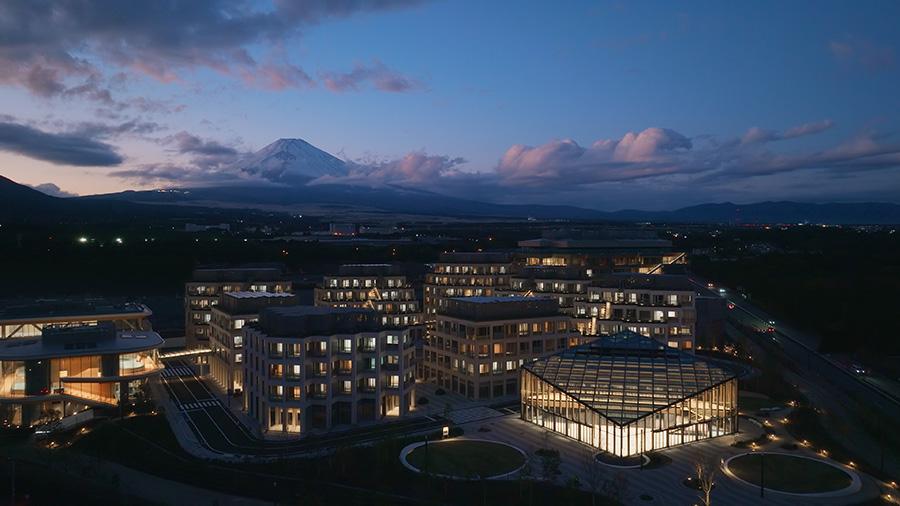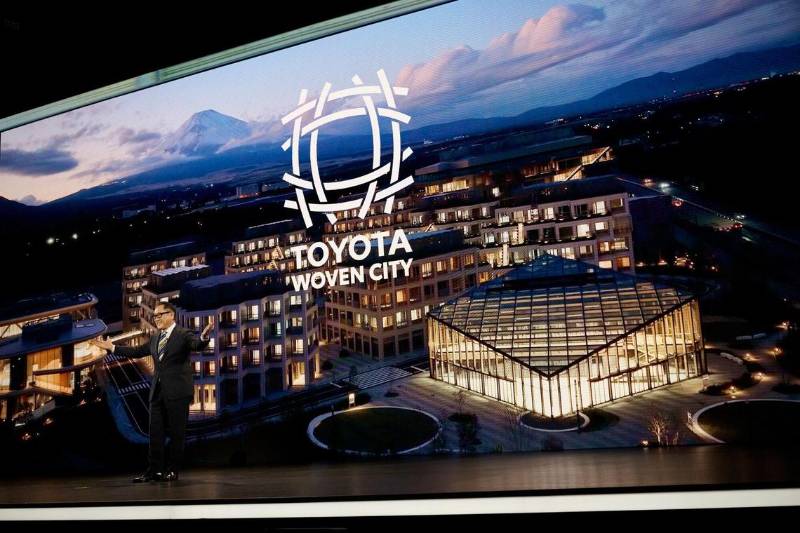Nestled at the foot of Japan’s iconic Mount Fuji, Toyota’s Woven City represents a bold vision for the cities of tomorrow—a place where the boundaries between technology, nature, and human life are intricately woven into a living tapestry of innovation. Initiated by the Toyota Motor Corporation, this ambitious project is not just another smart city; it is a real-world laboratory designed for the rapid prototyping and continuous improvement of technology within an authentic urban environment.

The genesis of Woven City sprang from Toyota’s desire to move beyond its identity as a traditional automaker and redefine itself as a mobility company. On a 175-acre site that once housed the Higashi-Fuji plant, the company is constructing a city that will not only house its employees but also welcome entrepreneurs, scientists, and families. Initially, about 100 residents are slated to move in, with the community expected to expand to over 2,000 in the future. These inhabitants will voluntarily participate in the ongoing advancement of the city’s infrastructure and technologies, effectively becoming both citizens and co-creators.
Masterminded by world-renowned architect Bjarke Ingels, Woven City is ingeniously designed with three distinct and interwoven street types: one dedicated to autonomous vehicles, one for personal mobility devices like bicycles and scooters, and another reserved entirely for pedestrians. This approach doesn’t just prioritize safety—it encourages a harmonious coexistence of various modes of transportation, setting a new standard for urban design. The buildings themselves are constructed primarily from sustainably-sourced wood, featuring sloped roofs fitted with solar panels and interiors enhanced by artificial intelligence and assistive robotics, making living spaces smarter and more energy efficient.

Central to Woven City’s mission is energy sustainability. By utilizing hydrogen fuel cells as the primary energy source, supplemented by extensive solar power arrays, the city aims for a net-zero carbon footprint. Waste management, water recycling, and renewable energy are all seamlessly integrated, positioning the city as a model for environmental responsibility in urban planning.
Mobility within Woven City is no less futuristic. Residents traverse the city in autonomous, zero-emission vehicles such as Toyota’s e-Palette shuttles—adaptable pods that carry both people and goods. These vehicles, operating quietly and efficiently alongside micro-mobility lanes and pedestrian walkways, exemplify how transport can be reimagined for greater ease, accessibility, and environmental harmony.
Woven City is more than its technological marvels and sustainable ethos. It is a community built around the concept of a “living laboratory,” where innovative ideas are not only conceived but actively tested in the rhythms of daily life. Startups and research teams have unparalleled access to trial new products and services directly with residents, accelerating the feedback loop between invention and implementation. This unique relationship between citizens, technology, and data creates a constantly evolving urban fabric poised to redefine what it means to live in sync with the future.
As construction continues beneath the watchful gaze of Mount Fuji, Toyota’s Woven City stands as an emblem of hope and ambition in the quest to build cities that are safer, greener, more inclusive, and endlessly innovative.


Discussion
Start the conversation
No comments yet
Be the first to share your thoughts on this article. Your insights could spark an interesting discussion!